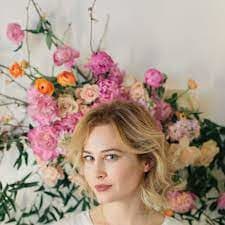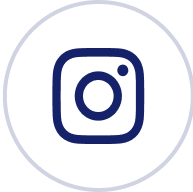Your cart is currently empty!
Why Your One-Year-Old Keeps Pointing at Things

A child approaching their first birthday is in some ways an emerging toddler and in other ways still a baby. Whether cruising or beginning to walk, your child is lively and more mobile than ever before. Their blossoming imagination means mastering new skills and welcoming new challenges. At this stage, your child will especially want…
Here’s What You Need To Know:
- At this stage, your child will want to share recognition in whatever’s catching their interest.
- Joint attention is key to bonding, as well as an early predictor of vocabulary, and essential for learning language.
- There’s much more going on than meets the eye– find out why reading to your little one can help a lot.
Your Budding Chatterbox Wants Your Attention– Joint Attention to be Specific
So, what is this “joint attention” you keep talking about?
Joint attention – when a child and caregiver share attention to an object or location – is a vital part of language development at the one-year mark. At this age, joint attention is a non-verbal cue, such as looking at a book, or pointing at a desired object.
While playing with a toy, for example, your baby might look at you, then the toy, then back to you again. That’s joint attention. An important signal of joint attention that’s likely to emerge is pointing. It’s not as rude as grandma made it out to be. In fact, it’s a vital part of your child’s communication and social skills.
Let’s debrief on what’s happening at this stage.
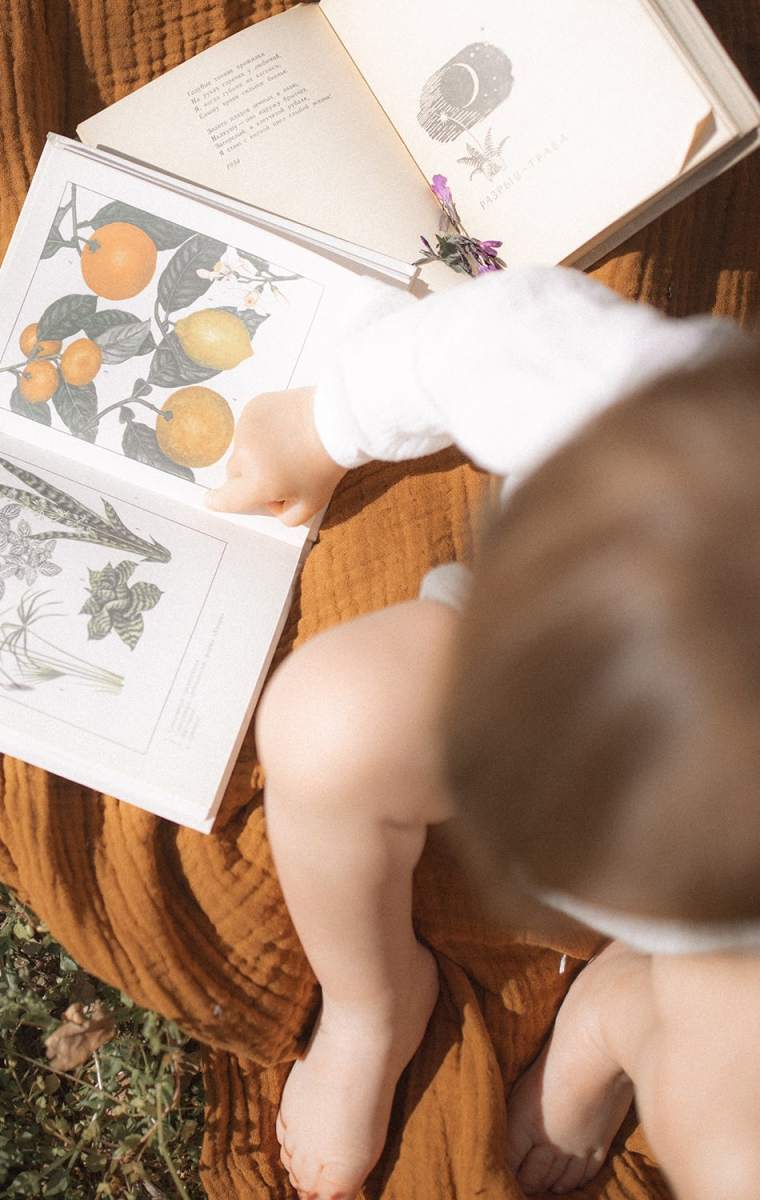

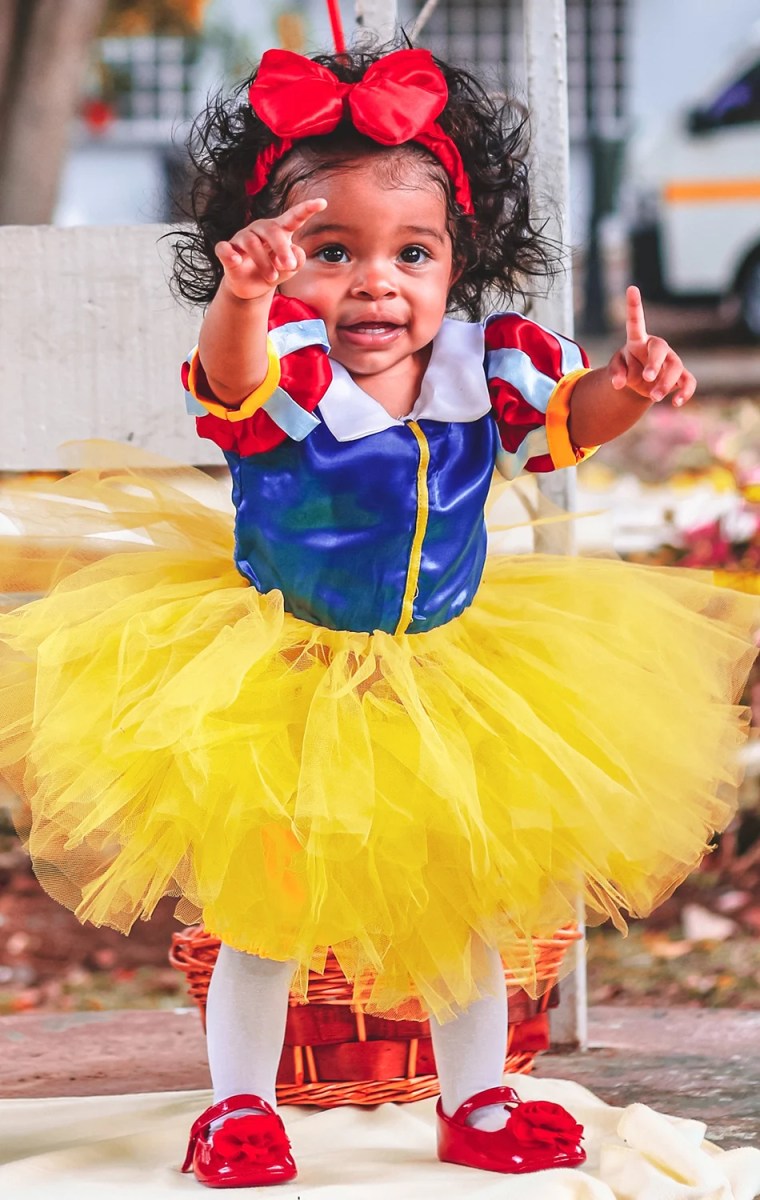
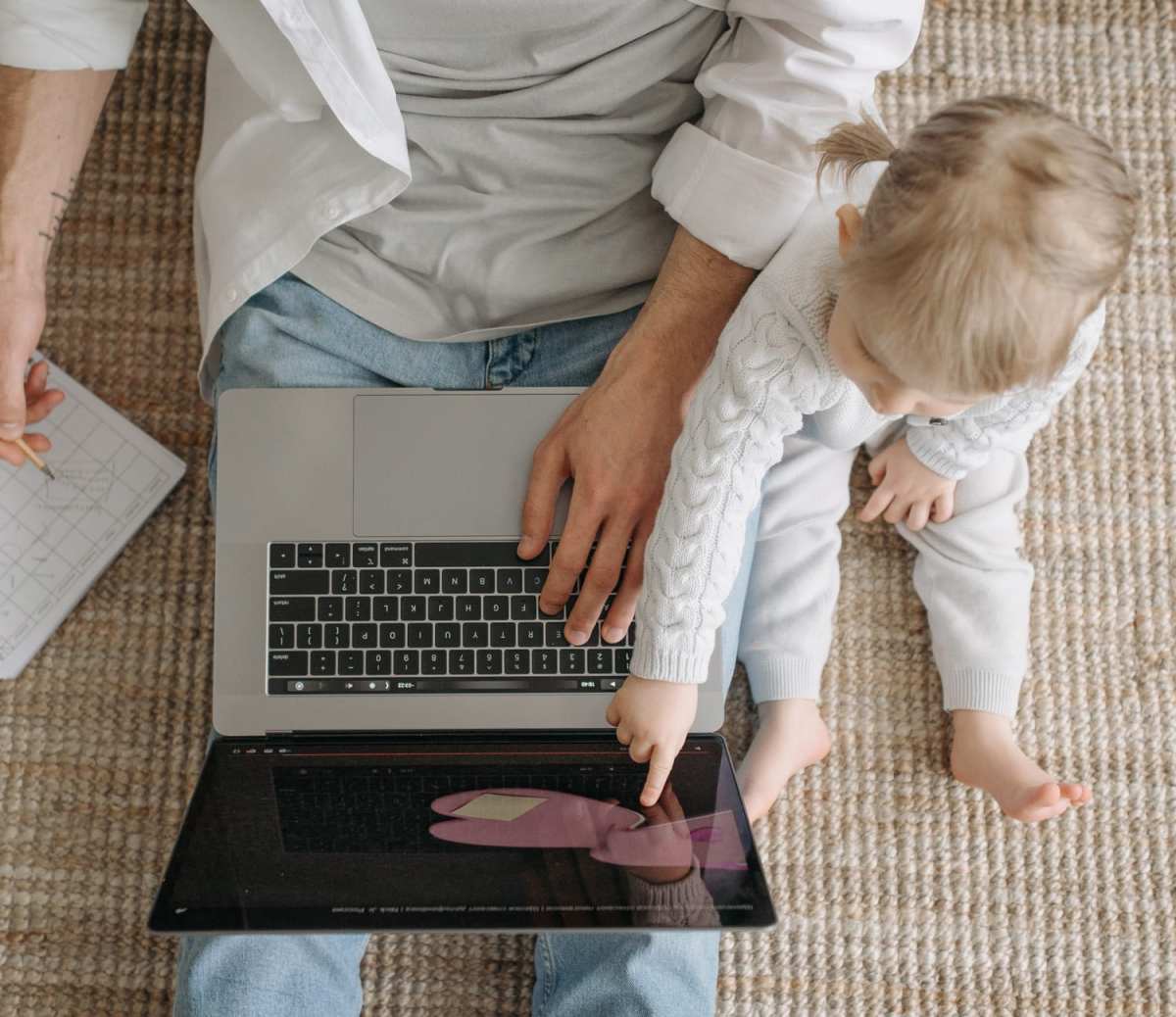
1. What’s Motivating Your One-Year-Old
Studies show that one-year-olds are motivated to point for all sorts of complex, sophisticated reasons.
A 2004 study placed infants in a highchair across from a series of closed windows. A single window would open, showing a puppet. One-year-olds were overwhelmingly most engaged when an adult shared their attention and interest in the puppet, with reactions like “That’s so interesting!” (Liszkowski).
Your baby may point to the food in front of them, but they’re just as eager to point to an object that’s no longer there, or an object you’ve dropped without realizing it, or an object you’ve pointed to. Their core motivation in pointing is to share their experience of the world (Day).
2. How Joint Attention is a Predictor of Vocabulary Growth
It turns out, the amount of time spent in joint attention and pointing is a strong predictor of your child’s early vocabulary growth.
A 2008 study revealed that infants who spent a longer time following and gazing at the target object had a much faster vocabulary growth than those with shorter looks; adding infant pointing only strengthened those results. Maternal education – whether one has a GED or an advanced degree – had little effect on an infants language development. Young word learners rely on a caretaker’s gaze and shared attention to help build their vocabulary from the first to second year (Brooks).
3. The Importance of Reading During this Time
Interaction is also key when reading with your 12-month old: infants make more speech-like sounds (babbling) when reading than in other activities, and caretakers have been shown to be more responsive. Imitating, or expanding on, an infant’s speech-like sounds during reading time is just as important as the number of books you read together. It’s not just what you read, but how you read together (University).
The great news is, you don’t have to be an expert in order to excel at joint attention practices.
4. Put Joint Attention Into Practice
Eye contact is one of the most important parts of joint attention.
Some other practices include:
- Hand gestures and pointing
- Child-directed play (letting them show you what object or toy they want to point at or play with)
- Matching their emotions and facial cues
When you’re checked out, or on your phone, your baby knows. So keep the phone in a different room if need be.
Summary
There is a dynamic relationship between joint attention and language devlepment.
For your growing one-year-old there is no greater gift than your full, undivided attention.
Sources
- Brooks, Rechelle, and Andrew Meltzoff. “Infant Gaze Following and Pointing Predict Accelerated Vocabulary Growth through Two Years of Age: a Longitudinal, Growth Curve Modeling Study*.” Washington.edu, 2008, ilabs.washington.edu/meltzoff/pdf/08_Brooks_Meltzoff_JChildLang.pdf.
- Day, Nicholas. “Your Baby Pointing Means Much More Than You Think It Does.” Slate Magazine, 26 Mar. 2013, www.slate.com/blogs/how_babies_work/2013/03/26/research_on_babies_and_pointing_reveals_the_action_s_importance.html.
- Liszkowski, U, et al. “Twelve-Month-Olds Point to Share Attention and Interest.” Department of Developmental and Comparative Psychology, Max Planck Institute for Evolutionary Anthropology, 7 June 2004. PubMed, www.ncbi.nlm.nih.gov/pubmed/15595371.
- University of Iowa. “Interaction during reading is key to language development.” ScienceDaily. ScienceDaily, 8 January 2016. www.sciencedaily.com/releases/2016/01/160108134834.htm.
